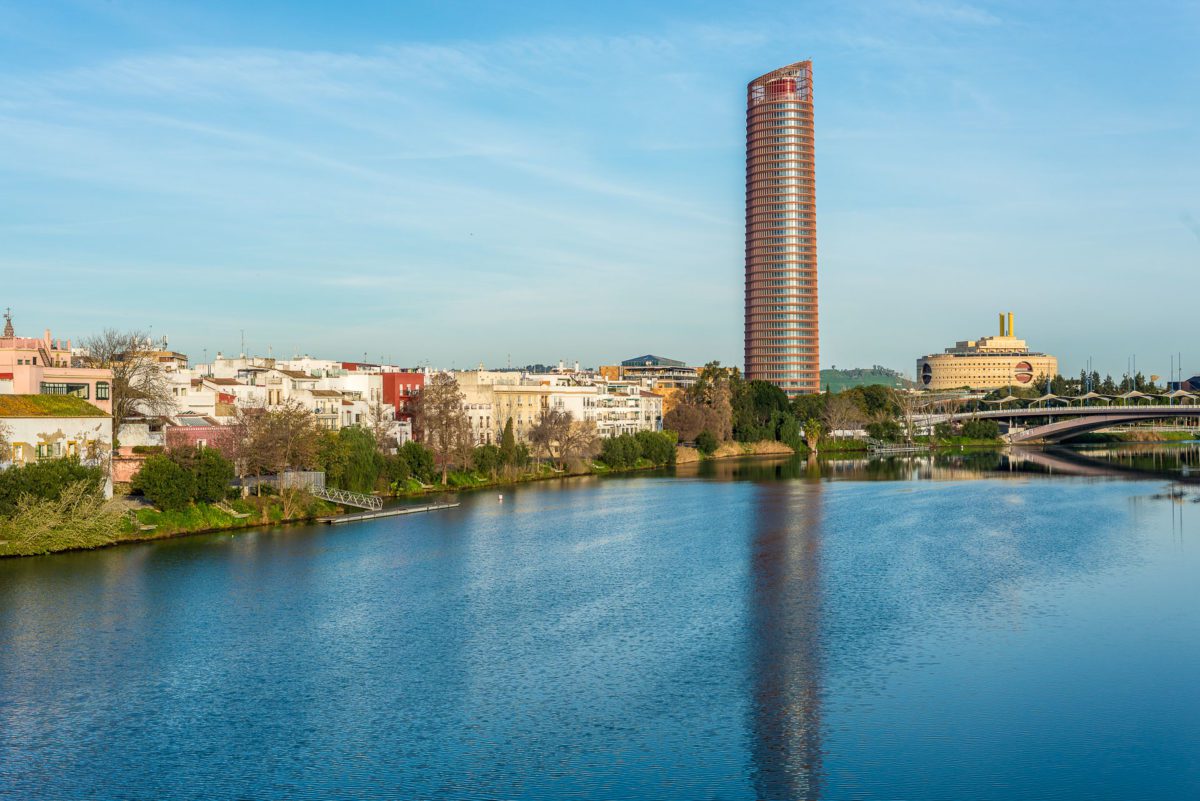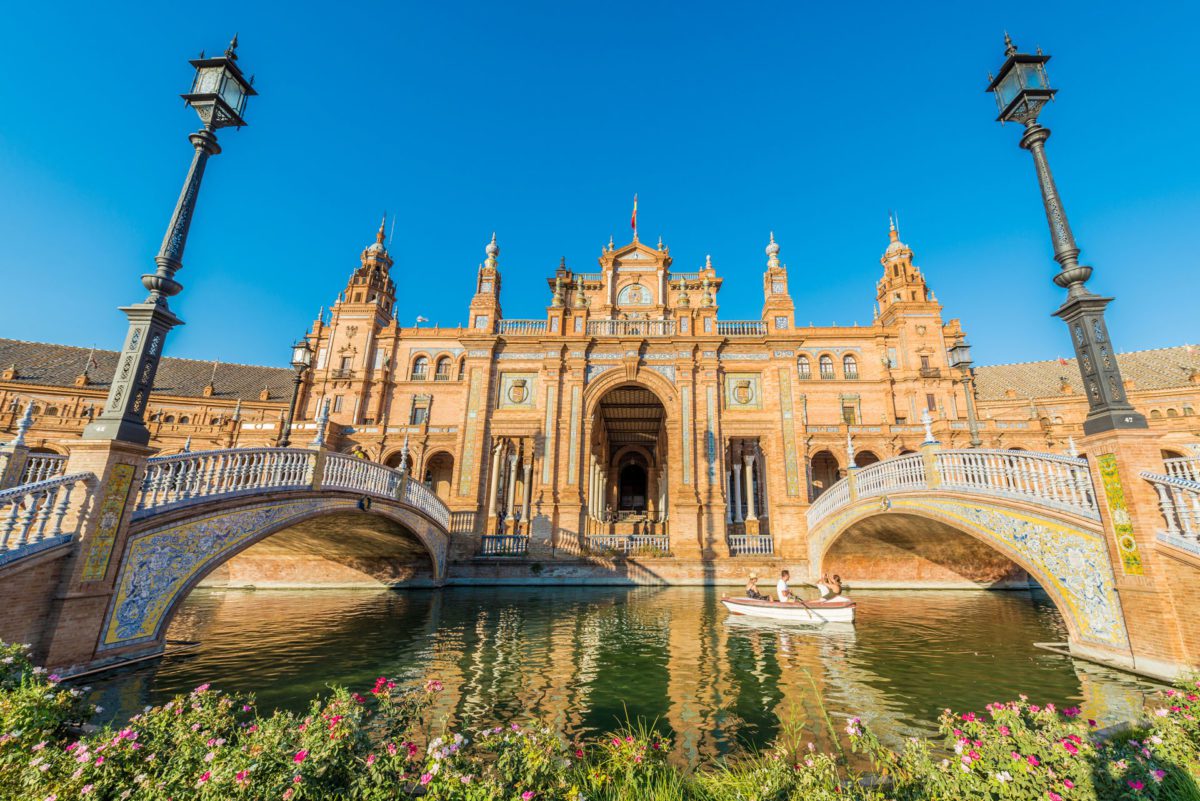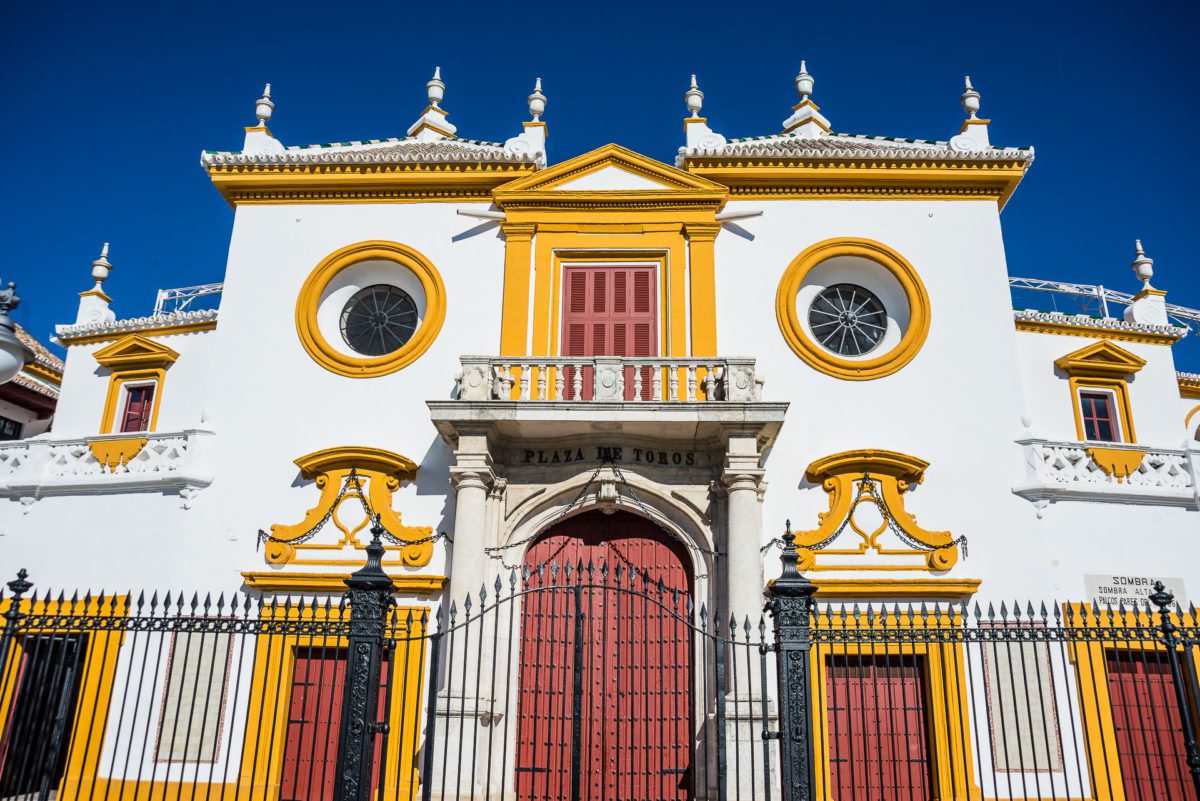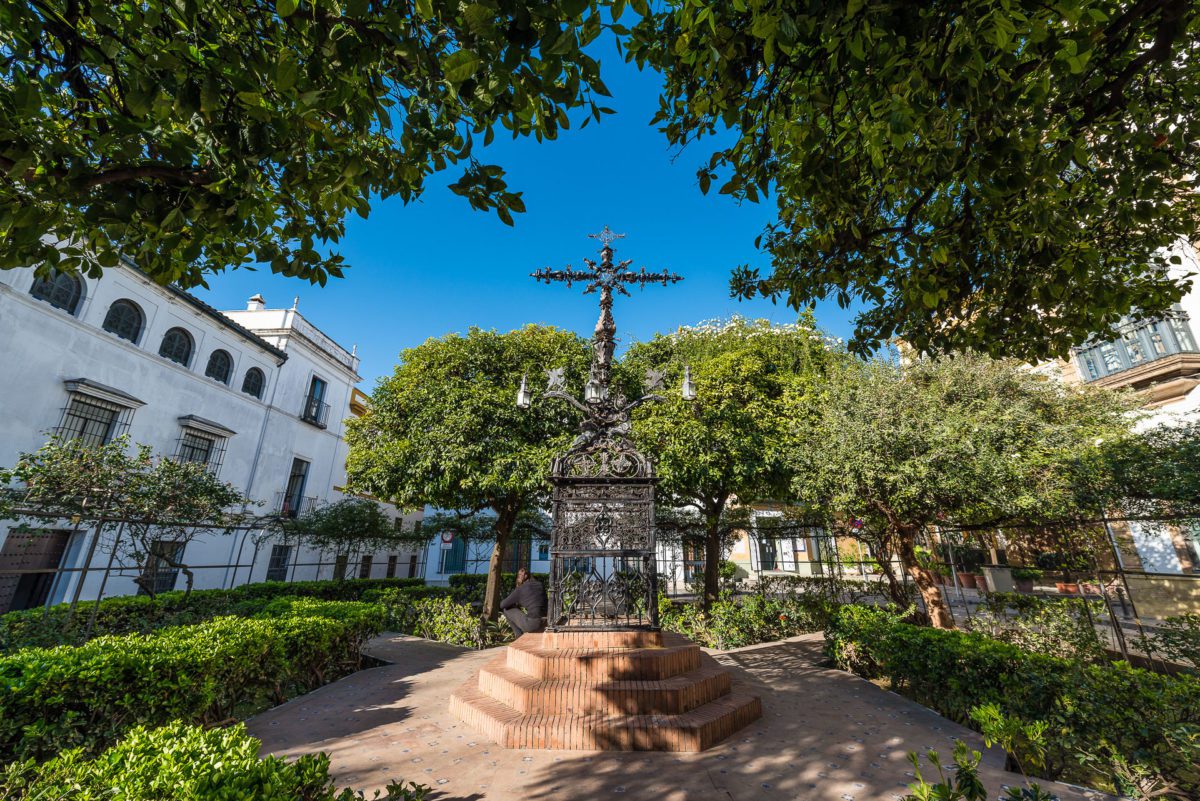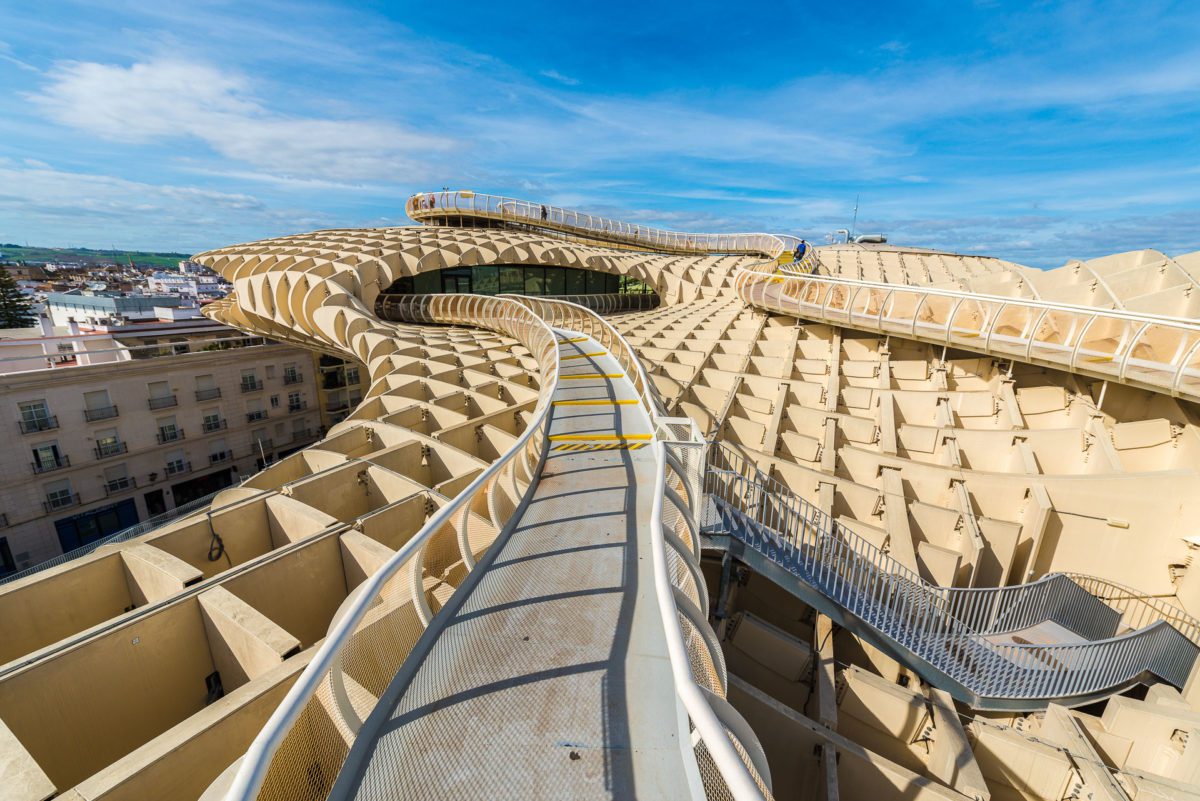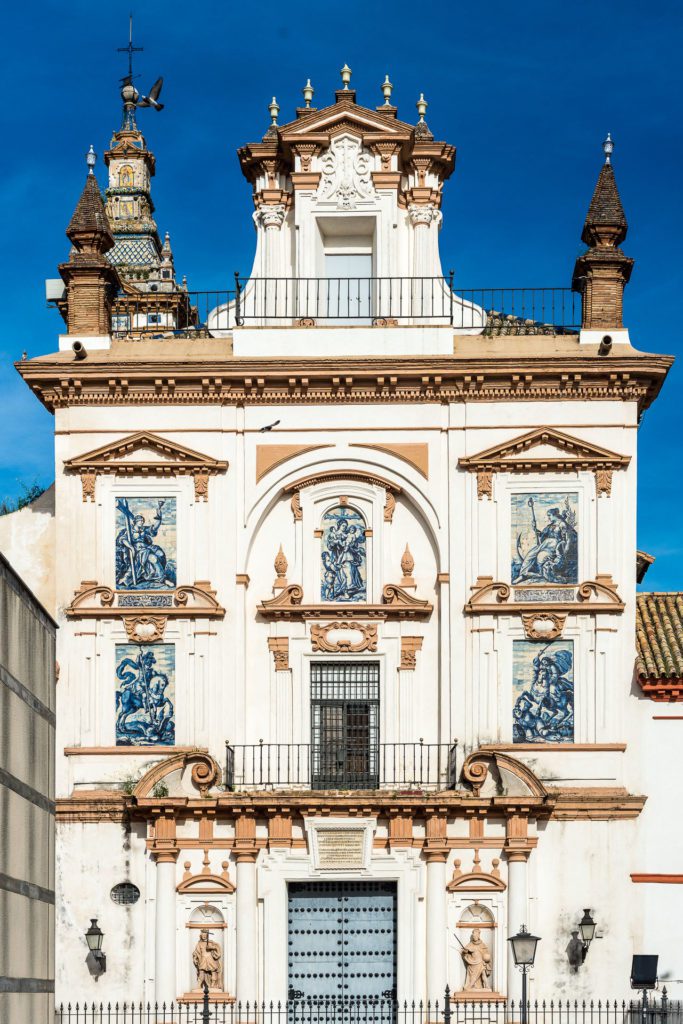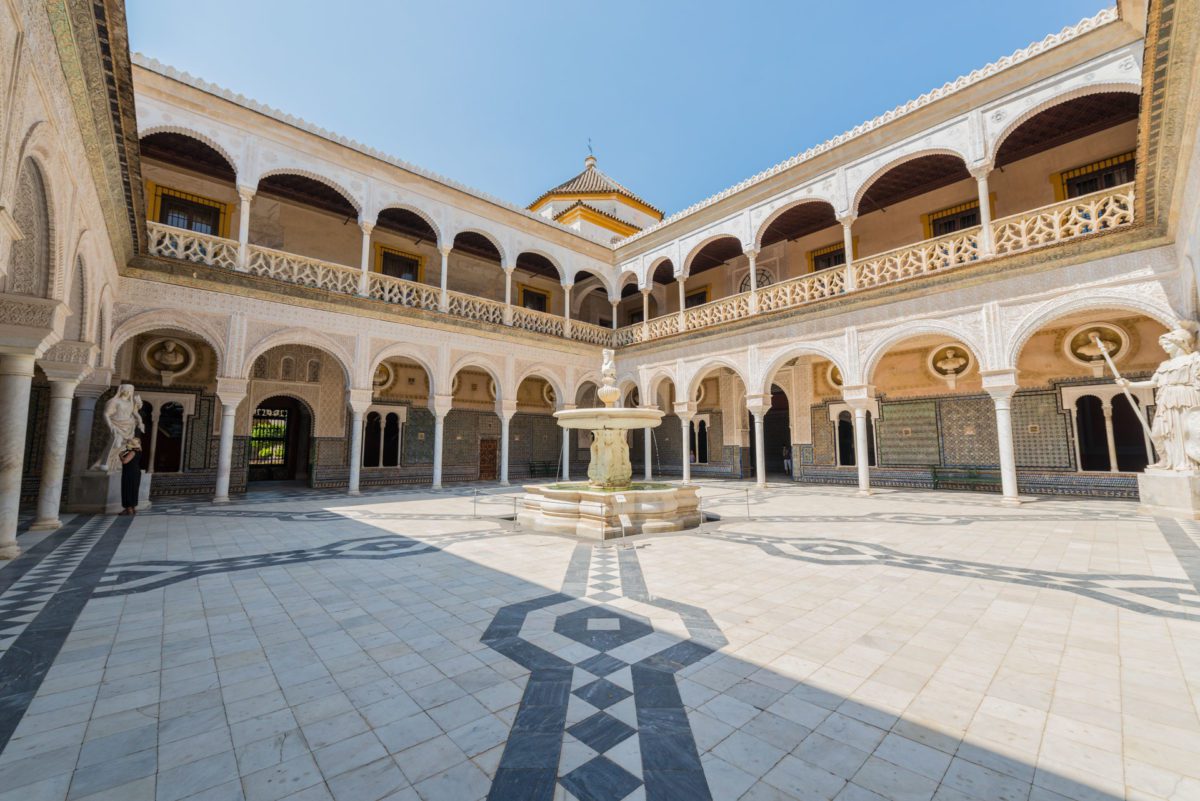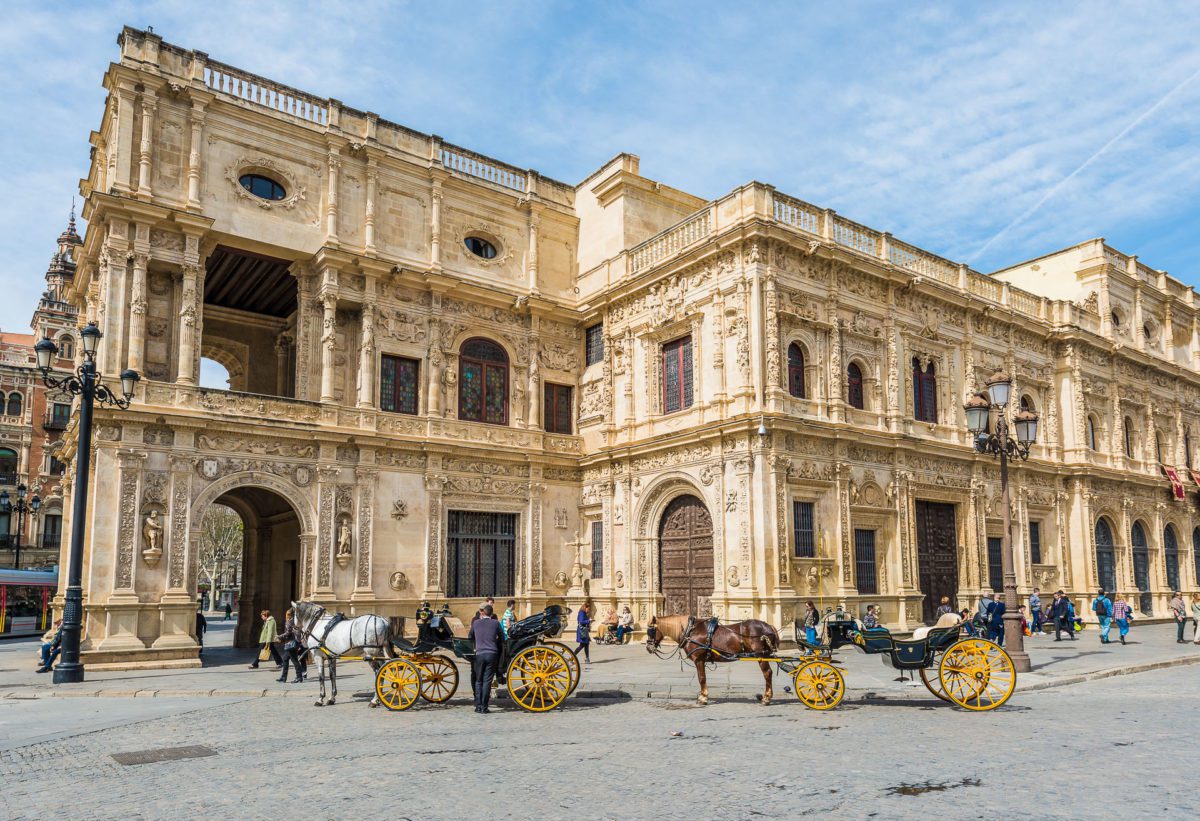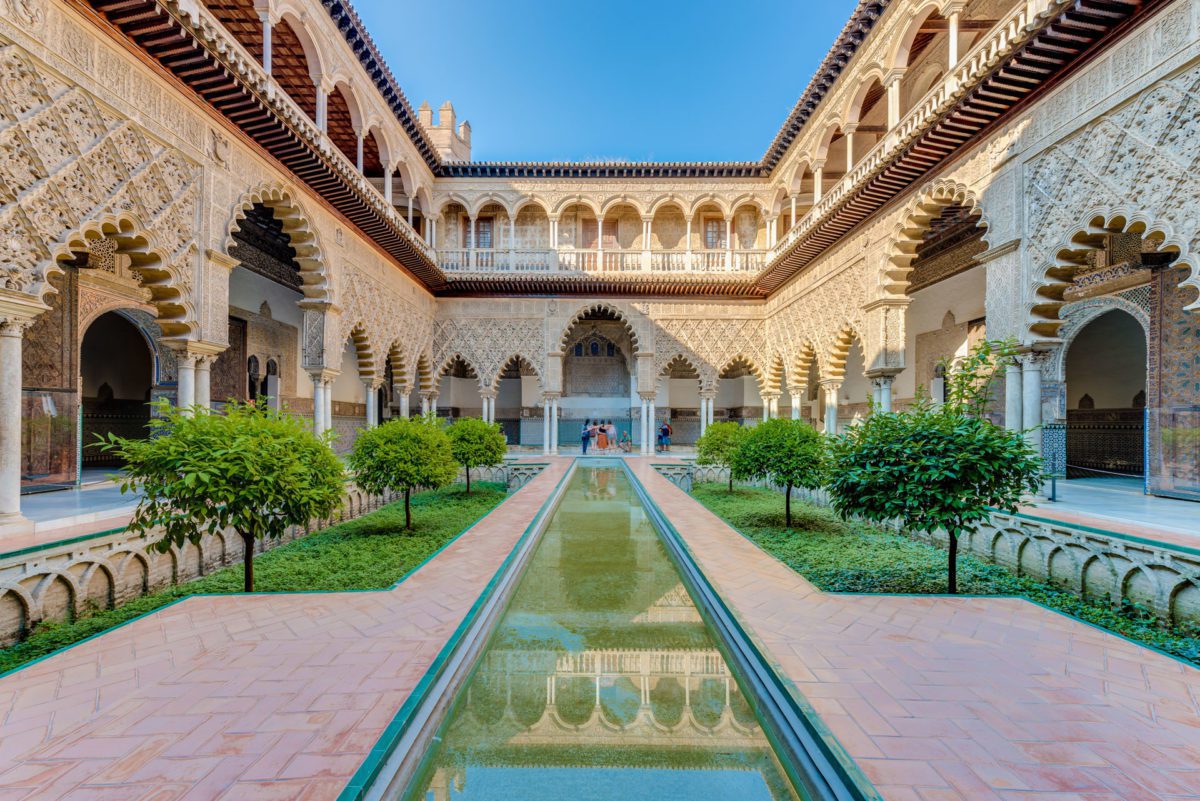Remnants of the Roman and Muslim civilizations that occupied Seville can still be seen. But it was the Andalusian gypsies in that part of southern Spain centuries ago who made their mark on the world by giving us the hot-blooded flamenco.
The fiery dance, dress, guitar and rhythms of this distinctive dance have traditionally played major roles in Sevillian culture, whether protesting Franco’s regime, telling stories of a nomadic people or expressing sizzling passion.
Seville is situated on the Guadalquivir River, Spain’s only really navigable waterway and the city’s lifeline to the Atlantic Ocean, 80 miles away. Because it was and is a seaport, Seville has always lived big.
Centrally located, Santa Cruz is a great place to hang out. The barrio is a microcosm of the essence of Seville: tapas bars, flamenco halls and whitewashed houses on streets made of cobblestones and lined with orange trees.
Among the attractions of Santa Cruz is the remarkable Royal Alcazar of Seville, a still-functioning royal palace that dates back to the 10th century, when it served as a Moorish fortification. Since then, the UNESCO World Heritage Site has accommodated cultures and dynasties from the Almohads to Christian kings.
But because the occupying forces changed so frequently, the palace is a hodgepodge of architectural styles – ornate Mudéjar, Renaissance, striking Gothic. In the 19th century, for instance, Bourbon monarchs rearranged the entire top floor.
Just down the street, it took 125 years to build the Seville Cathedral, where a 12th century mosque once stood. Another UNESCO World Heritage Site, the Gothic cathedral is the third largest church in the world. Hike a series of ramps and ascend La Giralda, the cathedral’s iconic minaret bell tower, for a panoramic view of the city.
In-between the Alcazar and the cathedral is Hospital de los Venerables, which is not a hospital at all, but rather a very fine art museum featuring Spanish baroque masters such as Diego Velazquez and Valdes Leal. Bartolome Esteban Murillo has some outstanding pieces in the museum, as does sculptor Pedro Roldan.
The nearby Murillo Gardens, named for Bartolome, is filled with fig, palm and orange trees, night jasmine and brightly-colored tile fountains and benches.
Across the street is Plaza de Espana, built for the 1920s Expo and often a movie set. The landmark square tells the story of Spain through painted tiles and artistic elements in 48 small alcoves, one for each of the 48 provinces of Spain.
Photos courtesy Sevilla City Office
To do:Get out on the Guadalquivir River in a kayak and see this beautiful city from a whole new perspective. Or check out what used to be considered the riskiest trail in the world, El Caminito del Rey. The once-rickety walkway has since been reinforced and stabilized, but it’s still just three feet wide and it looks like it clings to the vertical rock wall 330 feet above the river below by sheer will alone.
Food: Tapas used to be free in Seville’s restaurants if you bought a drink. Those days are largely gone, but the small dishes are as tasty as ever with ingredients including local cheeses and Iberian ham in presentations ranging from fusion gourmet to traditional Spanish.
Shopping: Don’t leave town without picking up some glazed azulejos tile or Cartuja ceramics, or perhaps a bottle of orange blossom perfume and a bit of intricate, hand-made lace.
Lodging: Stay at the Casa del Poeta, a cozy boutique hotel inside a restored 17th century mansion in the heart of Santa Cruz. Lush vegetation fills the central patio and fountain and Moorish arches grace the walkways. After dinner, relax on the rooftop terrace, watch the sun go down and take in views of the lively city.






















